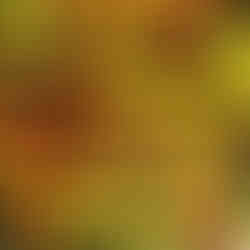Full sun, part sun, part shade or full shade??
There are a lot of vague words used in the gardening industry to describe sun exposure for certain plants. I am here to shed some LIGHT on what these terms mean and where in the landscape they would thrive best.
It is helpful to keep an eye on the area you are wanting to plant to see how much shade or sun it receives throughout the day. Is it next to your house where it will get shaded at times? Is it in the middle of the yard with no barriers around it? Is it beneath a large tree where it will get shade from the branches during part of the day? Knowing how much sun you receive is the first step to planting a beautiful garden with plants that will thrive in that environment.

Some plants tolerate many ranges of sunlight. For example, when it is listed that it will take full sun to part sun, that means it can take 4-8 hours of direct sunlight. It may not fall in just one category of sun requirements.
Full Sun
Full sun means 6-8 hours of direct sunlight, often during the peak sunlight hours of 10am-4pm. Plants that want full-sun are likely to do well when planted on the southern part of your home where there is plenty of direct sunlight throughout the day. If your garden is in the middle of an open yard, full sun plants will do well too.
Tropical plants, petunias, geraniums, celosia, calibrachoa, moss roses, roses, succulents, peonies, sunflowers, marigolds, dahlias
Part Sun
Part sun requires at least 4-6 hours of direct sunlight, otherwise the plants’ fruits or flowers might not bloom. Plants that take part-sun may like to be planted on the western side of your house. There, it will get plenty of sun rays in the evening, but won’t be in the sun for the entire day.
Alyssum, snapdragons, phlox, daylilies, coneflowers
Part Shade
Part shade plants like 4-6 hours of direct sunlight but keep it out of the hot afternoon sun. Too much hot sunlight will hurt plants that need part shade. A good spot to plant part-shade plants would be on the eastern side of your house where it gets sun in the morning but is protected from the hot afternoon and evening sun rays.
Begonias, impatiens, torenia, coral bells, astilbe
Full Shade
Full shade means about 4 hours of sunlight. Full shade does NOT mean no sun, because very few plants can survive with no direct sunlight. Full shade plants oftentimes live on the north or east side of houses where they can get a few hours of morning sunlight but are protected from the hot afternoon and evening sunlight.
Polka dot pant, caladium, impatiens, coleus, ferns, coral bells,
Dappled Shade
Another category you may see is “dappled shade”, although it is more rare. Dappled shade is like part shade, but instead of direct sunlight for about 4 hours, the plant likes filtered sunlight for most of the day. An example of a yard with dappled shade would be a yard with many mature trees that let filtered sunlight through the canopy throughout the day.

Keep going and keep growing! Chantel



























Comments